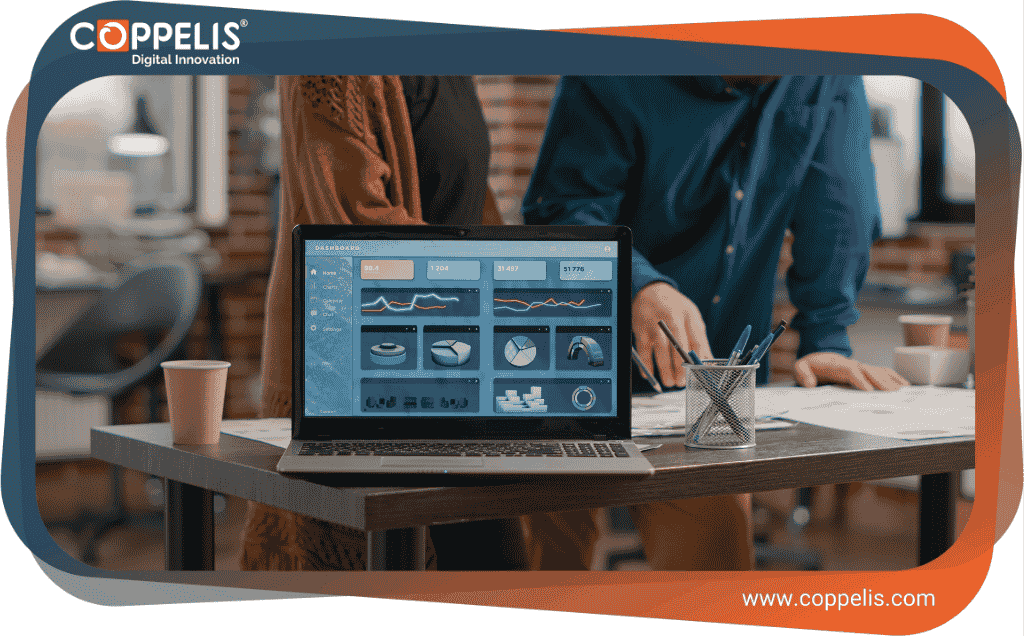Project management software plays a crucial role in today’s dynamic business environment, streamlining tasks, improving collaboration, and ensuring project success.
With a myriad of options available, choosing the right project management software can be a daunting task. This step-by-step guide aims to simplify the selection process, helping you make an informed decision that aligns with your project requirements and organizational goals.
Step 1: Define Your Project Needs:
Begin by clearly defining your project requirements. Identify the size of your team, the complexity of projects, collaboration needs, and any specific features essential for success.
Understanding your unique needs will guide you in selecting a software solution that caters to your specific requirements.
Step 2: Assess User-Friendliness:
Choose a project management software that is intuitive and user-friendly. Your team should be able to adapt quickly without extensive training.
A user-friendly interface enhances productivity and ensures a smoother project management experience.
Step 3: Consider Collaboration Features:
Effective collaboration is at the core of successful project management. Look for software that facilitates easy communication, file sharing, and real-time collaboration.
Features such as chat, discussion forums, and document sharing contribute to seamless teamwork.
Step 4: Evaluate Scalability:
Consider the scalability of the project management software. As your business grows, your project management needs will evolve.
Ensure the software can scale along with your organization, accommodating an increasing number of users, projects, and complexities.
Step 5: Examine Integration Capabilities:
Integration with other tools and software is crucial for a holistic project management approach.
Check if the project management software seamlessly integrates with your existing tools, such as calendars, email, and productivity applications, to avoid silos and enhance overall efficiency.
Step 6: Review Customization Options:
Different projects may require different approaches. Choose software that offers customization options to tailor the platform to your specific project management processes.
This flexibility ensures that the software aligns perfectly with your unique workflow.
Step 7: Prioritize Security and Compliance:
Ensure that the project management software adheres to industry-standard security protocols.
Look for features such as access controls, encryption, and regular security updates. If your industry has specific compliance requirements, ensure the software meets those standards.
Step 8: Evaluate Reporting and Analytics:
Reporting and analytics features provide insights into project progress, team performance, and resource utilization.
Choose software that offers robust reporting capabilities to help you make informed decisions and continuously improve your project management processes.
Step 9: Test User Support and Training:
Evaluate the support and training options provided by the software vendor.
Robust user support, training materials, and a responsive customer service team contribute to a smoother onboarding process and ongoing assistance.
Step 10: Budget Considerations:
Finally, assess the cost of the project management software. Consider not only the upfront costs but also any recurring fees, scalability costs, and potential hidden charges.
Ensure that the software aligns with your budget constraints without compromising essential features.
Choosing the best project management software involves a thoughtful and systematic approach. By defining your project needs, prioritizing user-friendliness, considering collaboration features, evaluating scalability, examining integration capabilities, reviewing customization options, prioritizing security, assessing reporting and analytics, testing user support, and factoring in budget considerations, you can make an informed decision that contributes to the success of your projects and overall organizational goals.


